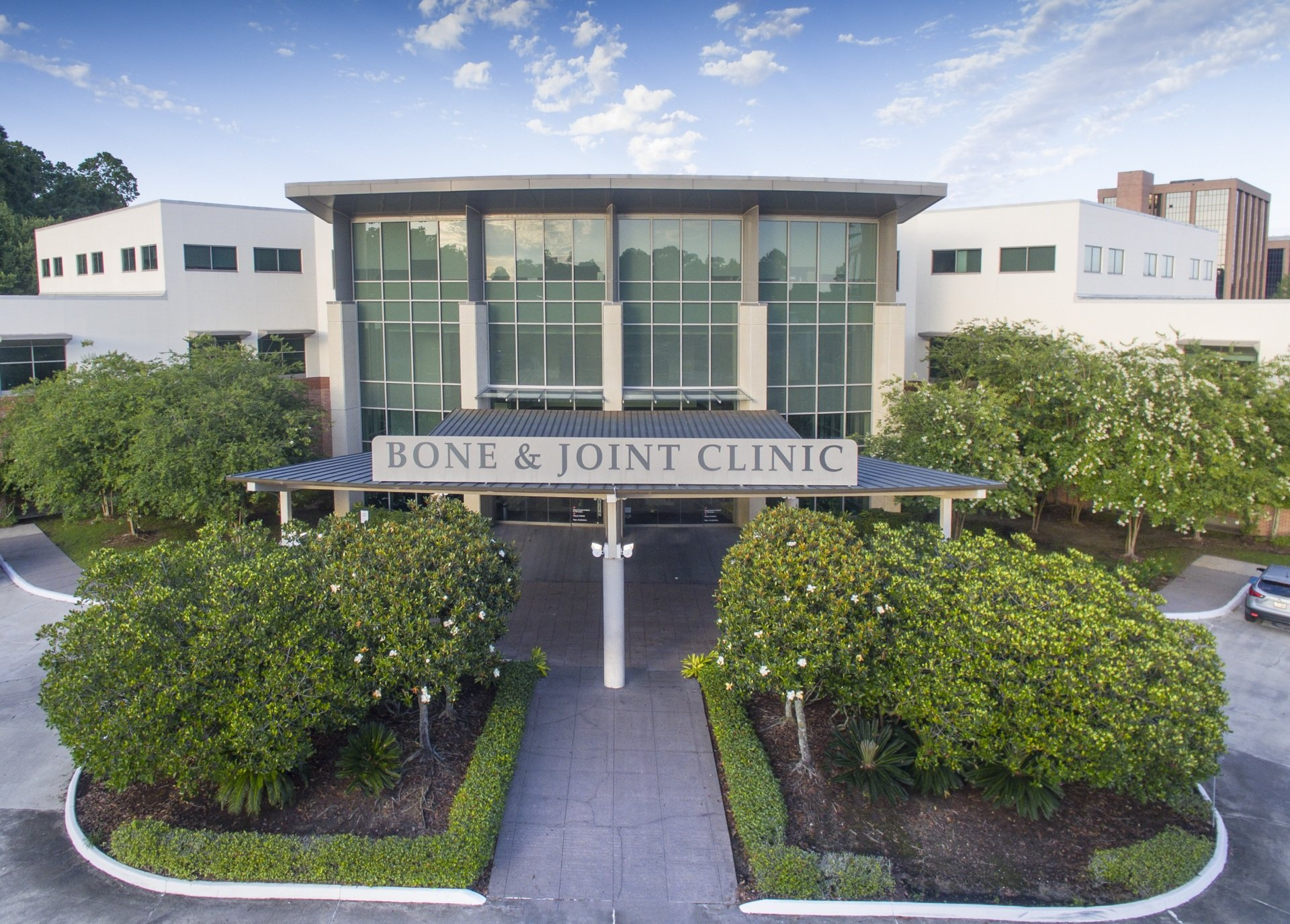Spinal fusion is the most commonly performed spine surgery in the U.S. with over 350,000 cases each year. The procedures can address pain, instability, and even deformity of the spine from a wide range of health conditions including arthritis, spinal stenosis, scoliosis, and herniated discs. In the end, the vast majority of patients will experience positive outcomes and improved quality of life following their procedure. Still, spinal surgery is a serious undertaking that has developed a bit of a reputation over the years. Despite its safety and recent advancements, many misconceptions regarding spinal fusions remain to this day. If your physician has recommended the procedure, it is important to understand these pervasive myths and to not allow them to interfere with the care you need.
Spinal Fusion is Major Surgery for Major Injuries
While the spine is a delicate area that requires a high level of skill and precision, it can also often be performed via minimally invasive techniques. This means smaller incisions, shorter recovery times, and lower risk of complications. Furthermore, spinal fusions can be used to help bring relief to many different types of conditions, not just severe injuries. If you are suffering from spine instability due to any reason, speak with a specialist about your treatment options, including spinal fusion surgery.
I Will Drastically Lose Mobility After Spinal Fusion
The spine is comprised of 33 individual vertebrae. Fusing two of these together is not going to make a drastic change in your mobility. Some specific movements may be more limited than before. Overall, however, you will still be able to move and bend the same ways you did before. Even better, many of these movements that were previously accompanied by pain will be far less painful.
Recovery After Spinal Fusion Takes Forever
There is no question that recovery from spinal surgery will take some time to ensure that all heals properly. However, the exact period of time will vary from patient to patient. There are many factors that influence recovery, such as patient age and health, location of the fused vertebrae and whether or not minimally invasive techniques were used. Generally speaking, most patients will make great strides in their recovery in a matter of weeks.
Spinal Fusion Recovery is Incredibly Painful
While any surgery will be accompanied by some level of pain and discomfort, it is very rare for a patient to have excessive pain for an extended period of time. The worst pain comes in the days immediately following the procedure and is typically controlled with prescription pain medication. As pain subsides and the patient heals, pain can be well managed with over-the-counter pain relievers. In the end, spinal fusion surgery is meant to alleviate symptoms such as pain, not make them worse!
If you are suffering from back pain and instability and believe a spinal fusion may be a viable option for you, contact the Bone and Joint Clinic of Baton Rouge, and request an appointment with one of our board-certified spine specialists.




